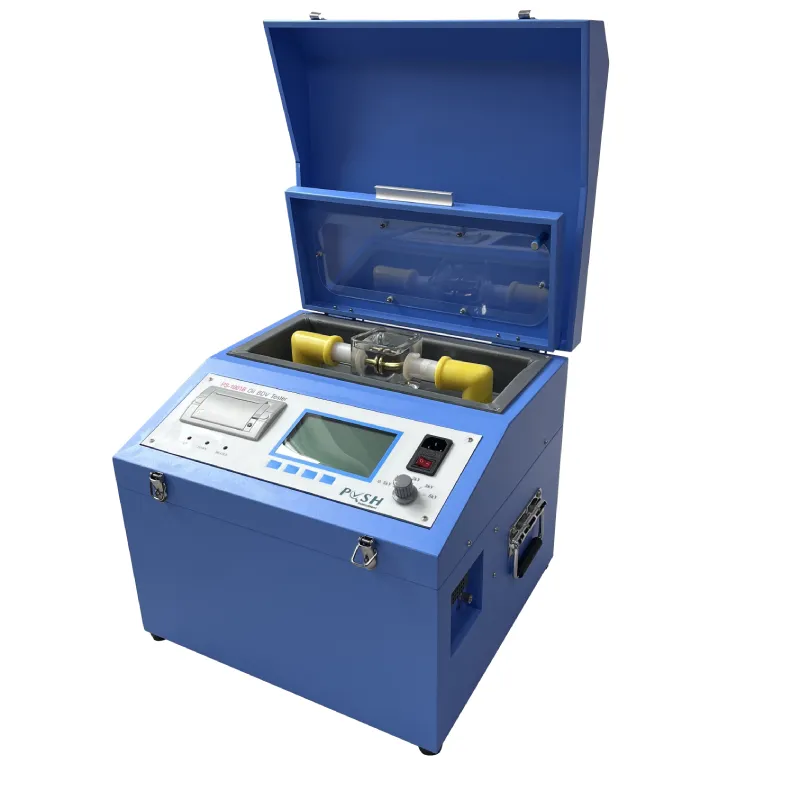 English
English



-
 Afrikaans
Afrikaans -
 Albanian
Albanian -
 Amharic
Amharic -
 Arabic
Arabic -
 Armenian
Armenian -
 Azerbaijani
Azerbaijani -
 Basque
Basque -
 Belarusian
Belarusian -
 Bengali
Bengali -
 Bosnian
Bosnian -
 Bulgarian
Bulgarian -
 Catalan
Catalan -
 Cebuano
Cebuano -
 China
China -
 China (Taiwan)
China (Taiwan) -
 Corsican
Corsican -
 Croatian
Croatian -
 Czech
Czech -
 Danish
Danish -
 Dutch
Dutch -
 English
English -
 Esperanto
Esperanto -
 Estonian
Estonian -
 Finnish
Finnish -
 French
French -
 Frisian
Frisian -
 Galician
Galician -
 Georgian
Georgian -
 German
German -
 Greek
Greek -
 Gujarati
Gujarati -
 Haitian Creole
Haitian Creole -
 hausa
hausa -
 hawaiian
hawaiian -
 Hebrew
Hebrew -
 Hindi
Hindi -
 Miao
Miao -
 Hungarian
Hungarian -
 Icelandic
Icelandic -
 igbo
igbo -
 Indonesian
Indonesian -
 irish
irish -
 Italian
Italian -
 Japanese
Japanese -
 Javanese
Javanese -
 Kannada
Kannada -
 kazakh
kazakh -
 Khmer
Khmer -
 Rwandese
Rwandese -
 Korean
Korean -
 Kurdish
Kurdish -
 Kyrgyz
Kyrgyz -
 Lao
Lao -
 Latin
Latin -
 Latvian
Latvian -
 Lithuanian
Lithuanian -
 Luxembourgish
Luxembourgish -
 Macedonian
Macedonian -
 Malgashi
Malgashi -
 Malay
Malay -
 Malayalam
Malayalam -
 Maltese
Maltese -
 Maori
Maori -
 Marathi
Marathi -
 Mongolian
Mongolian -
 Myanmar
Myanmar -
 Nepali
Nepali -
 Norwegian
Norwegian -
 Norwegian
Norwegian -
 Occitan
Occitan -
 Pashto
Pashto -
 Persian
Persian -
 Polish
Polish -
 Portuguese
Portuguese -
 Punjabi
Punjabi -
 Romanian
Romanian -
 Russian
Russian -
 Samoan
Samoan -
 Scottish Gaelic
Scottish Gaelic -
 Serbian
Serbian -
 Sesotho
Sesotho -
 Shona
Shona -
 Sindhi
Sindhi -
 Sinhala
Sinhala -
 Slovak
Slovak -
 Slovenian
Slovenian -
 Somali
Somali -
 Spanish
Spanish -
 Sundanese
Sundanese -
 Swahili
Swahili -
 Swedish
Swedish -
 Tagalog
Tagalog -
 Tajik
Tajik -
 Tamil
Tamil -
 Tatar
Tatar -
 Telugu
Telugu -
 Thai
Thai -
 Turkish
Turkish -
 Turkmen
Turkmen -
 Ukrainian
Ukrainian -
 Urdu
Urdu -
 Uighur
Uighur -
 Uzbek
Uzbek -
 Vietnamese
Vietnamese -
 Welsh
Welsh -
 Bantu
Bantu -
 Yiddish
Yiddish -
 Yoruba
Yoruba -
 Zulu
Zulu
process gas chromatograph
Understanding Process Gas Chromatography
Process gas chromatography is an essential analytical technique used in various industries to separate and analyze volatile compounds in gas mixtures. This method leverages the principles of chromatography, which allows for the identification and quantification of different components within a sample. The significance of process gas chromatography lies in its ability to provide real-time data on gas composition, supporting critical decision-making in industrial processes.
The Principles of Gas Chromatography
Gas chromatography (GC) operates on the principle that different substances will vaporize and travel through a column at distinct rates. A sample of gas is injected into a heated injection port, where it is vaporized. The vapor then moves through a column packed with a stationary phase that interacts with the gas molecules. As the sample progresses through the column, substances with varying affinities for the stationary phase are separated. This separation occurs due to differences in molecular size, polarity, and adsorption characteristics. Eventually, individual components exit the column at different times, known as retention times, allowing them to be detected and quantified.
Applications of Process Gas Chromatography
Process gas chromatography finds applications across numerous sectors, including petrochemicals, pharmaceuticals, environmental monitoring, and food production. In the petrochemical industry, GC is used to analyze natural gas, monitor the quality of fuel products, and ensure compliance with environmental regulations. In pharmaceuticals, it helps in the analysis of volatile organic compounds (VOCs) to ensure product safety and efficacy.
Environmental monitoring is another vital application where process gas chromatography is employed to detect pollutants in the air. By providing real-time data on air quality, industries and regulatory bodies can take necessary actions to mitigate harmful emissions. In food production, GC can analyze the composition of flavors and fragrances, ensuring consistency and quality in products.
process gas chromatograph

Advantages of Process Gas Chromatography
One of the prominent advantages of process gas chromatography is its high sensitivity and selectivity, allowing for the detection of trace levels of compounds. This capability is particularly critical in industries where regulatory compliance is necessary. Additionally, GC systems can be automated to allow for continuous monitoring of processes, increasing efficiency and minimizing human error.
Another significant benefit is the ability to analyze multiple components simultaneously. Modern gas chromatographs are equipped with advanced detectors and data processing capabilities, making it possible to obtain comprehensive profiles of gas mixtures in a single run. This efficiency is crucial for maintaining productivity and regulatory compliance.
Challenges and Considerations
Despite its advantages, process gas chromatography does face certain challenges. Proper calibration and maintenance of the equipment are vital for obtaining accurate results. Additionally, choosing the correct stationary phase and column specifications is critical to achieving optimal separation for complex mixtures. Furthermore, while GC is excellent for analyzing gases, it may not be suitable for non-volatile or thermally labile compounds, requiring complementary techniques for comprehensive analysis.
In conclusion, process gas chromatography is a powerful analytical tool that plays a crucial role in various industries. With its ability to provide accurate and reliable data on gas composition, it supports improved decision-making and quality assurance. As technology advances, the effectiveness and application range of process gas chromatography will continue to grow, meeting the demanding needs of modern industries.
-
Testing Equipment Industry Sees Major Advancements in 2025: Smart & Precision Technologies Lead the WayNewsJun.06,2025
-
Applications of Direct Current Generators in Renewable Energy SystemsNewsJun.05,2025
-
Hipot Tester Calibration and Accuracy GuidelinesNewsJun.05,2025
-
Digital Circuit Breaker Analyzer Features and BenefitsNewsJun.05,2025
-
Benefits of Real-Time Power Quality Monitoring Devices for Industrial EfficiencyNewsJun.05,2025
-
Earth Fault Loop Testing in High-Rise Building Electrical SystemsNewsJun.05,2025



